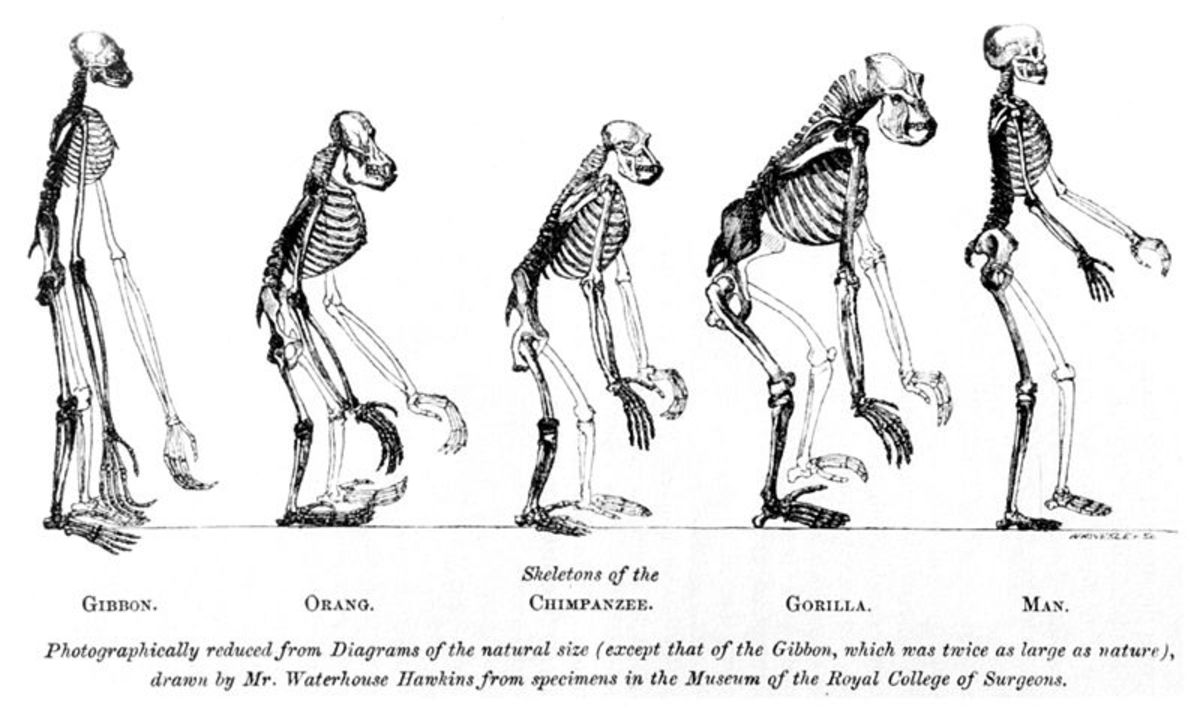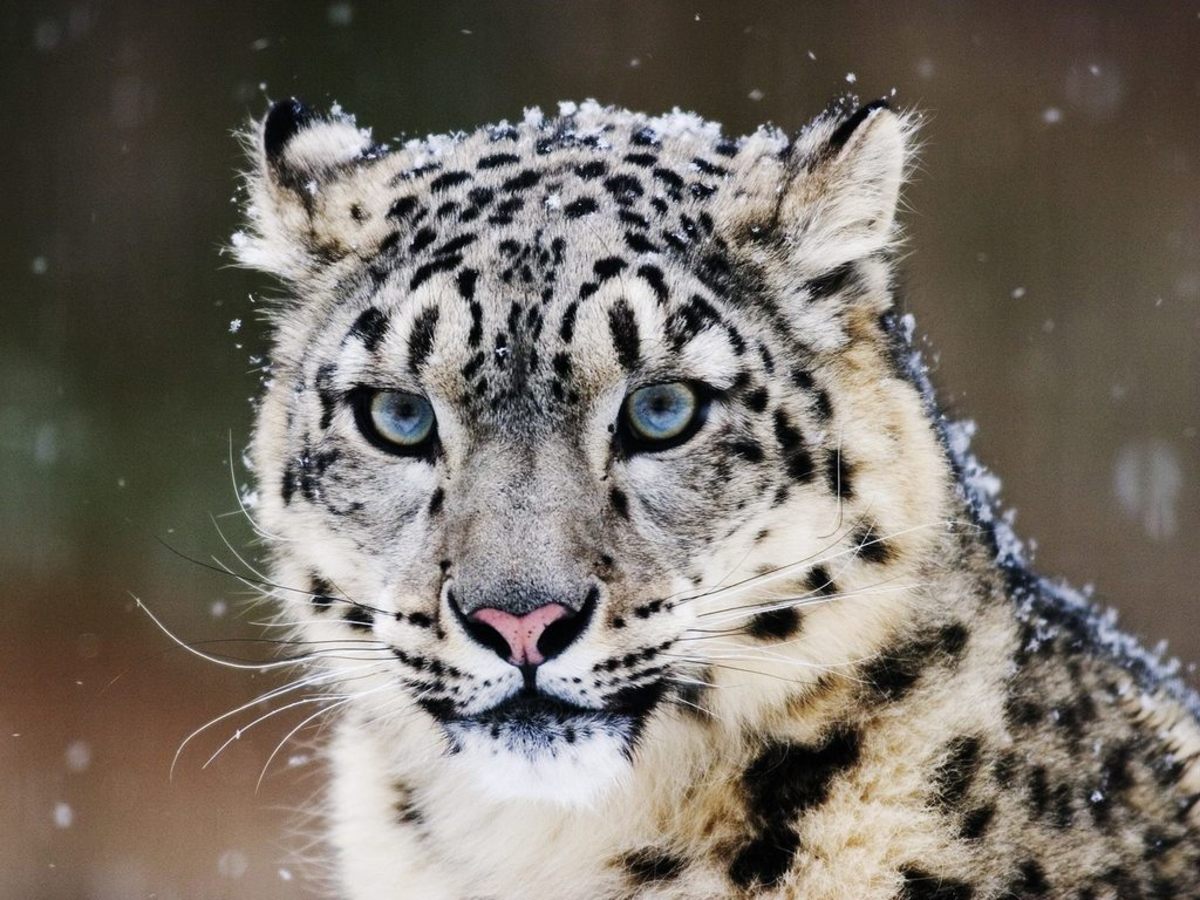What is Biology's First Law? The Tendency for Diversity & Complexity to Increase in Evolutionary Systems _Review

Book Review by Mirna Santana
In this book Biology First Law, published by University of Chicago Press, McShea & Brandon (2010), write about the lack regularity in biological systems. Biological laws they add are a set of hopes.
McShea and Brandon do not claim to have found a first order regularity to explain evolutionary change or a way to predict how species change over time. Instead they say, “what they found is a second-order regularity that governs not the changes occurring in evolution but the distribution of those changes." They present what they call 'a unified principle' as their contribution to biology.
They authors argue against other biological principles such as Hardy-Weinberg known as some as a biological law, perhaps to position themselves as providers of Biology’s first law.
What is their First Biology’s Law proposal? It is the Zero Force Evolutionary Law (ZFEL) that explains a general tendency for diversity and complexity to increase in biological systems.
ZFEL general hypothesis “in any evolutionary system in which there is variation and heredity, there is a tendency for diversity and complexity to increase, one that is always present but may be opposed or augmented by natural selection, other forces or constraints acting on diversity or complexity.”
McShea and Brandon look at evolution beyond adaptations. They ask us to see evolution from the point of view of diversity and complexity.
They suggest that we consider that both diversity and complexity follow certain patterns or laws. That is, their tendency to increase regardless of natural selection.
What McShea and Brandon are proposing has been the working dough of many biologists from Darwin to modern evolutionary biologist. So what is new with their approach? The authors said their ZFEL theory validates the ideas of folks such as Gould and Lewotin (1979), who said “in the absence of selection, a population tends to diversify as a result of mutation, recombination, and random mating” Because ZEFL would operate with or without selection as the main driver force of change.
In fact the authors two strong pieces of evidence for the ZFEL theory are: the increase in phenotypic diversity over the history of life-- and the rise in genomic complexity marked by the divergence of pseudogenes.
Finally, they talked about the implications of their theory for diversity and complexity from the point of view of evolutionary change. They emphasized that ZFEL is the common process or ‘unified theory’ for both diversity and complexity.
Their proposal of a new way to look at evolution, the ZFEL, may not be ‘the universal principle’ its proponents put forward, but it is a breath of fresh air. It is an attempt to combine a long history of evolutionary studies and packing them in a bag as a ‘unified theory’—that within itself has some value.
Shall this theory be in the tool kid sent to Martians along with Darwin’s Natural Selection as the authors propose is this book? Perhaps, that moment is not yet there. This proposal has not yet pass the scientific tests. It can't be equated to the long withstanding theory of natural selection or to what scientists tend to call theories. It remains a hypothesis to be tested. I welcome anyone to try, I am sure the authors would like that.
It is time for taxes
- The informed investor
Darius M. Barazandeh Lawyer and Tax Expert. Tax Lien Investing, wealth building, and strategies for business owners.
© 2011 MSantana






